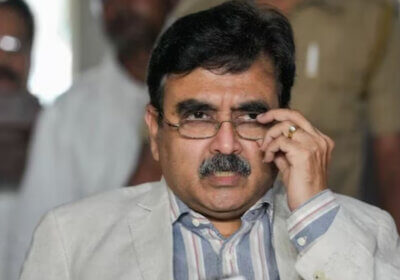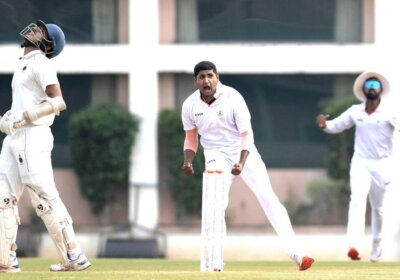Cholas-inspired and given to 1st PM Jawahar Lal Nehru, the historic “Sengol” will be installed in the new Parliament building
The “Sengol,” a statue given to India’s first prime minister Jawaharlal Nehru in 1947 to symbolize the handover of power from the British and kept in an Allahabad museum, will be erected in the new Parliament building.
“Sengol” will be installed in the Parliament
The “Sengol,” a historic scepter from Tamil Nadu, will be installed in the new Parliament building by Prime Minister Narendra Modi, Home Minister Amit Shah announced on Wednesday. The new Parliament building is scheduled to be inaugurated by the PM on May 28, 2023.
“Sengol” signify the handover of authority
The “Sengol” was given to Jawaharlal Nehru, the first prime minister of Independent India, by Lord Mountbatten to signify the handover of authority from the British. It was later kept in an Allahabad museum.
“We want the Indian people to see this and understand this historic event. Everyone should be proud of it,” Mr. Shah said.
When Rajaji proposed a ceremony from the Chola era?
As soon as India gained independence from the British, Viceroy Lord Mountbatten asked future Prime Minister Jawaharlal Nehru, “What is the ritual that should be accompanied to represent the passing authority from British to Indian hands?”
Nehru then talked to C. Rajagopalachari, commonly referred to as Rajaji, who headed on to serve as India’s last Viceroy. Rajaji pointed out the Chola model, in which the handover of authority from one king to another was blessed and made sacred by a high ruler.
The ‘handing over’ ceremony took place on the eve of Independence Day
The deputy high priest of the 500-year-old Saivite monastery Thiruvavaduthurai Adheenam, Nagaswaram player Rajarathinam Pillai, and an Oduvar—a singer of sacred songs in Tamil temples—were all flown to the capital from the Madras Presidency on August 14, 1947.
The sengol was presented to Nehru at his home during the ceremony, which was conducted per Tamil customs.
Mr. Amit Shah’s statement
Mr. Shah recalled that the handing over of power entails more than just signing an agreement or shaking hands and that it must continue to be in line with regional customs while also taking into account contemporary needs. According to him, Sengol “reflects a similar experiencing that Jawaharlal Nehru sensed on August 14, 1947.”
All 20 Adheenams have been invited to the inauguration of the new Parliament Building
“In consultation with the presidents of Adheenam, this historic plan was created. On this fortunate occasion, all 20 presidents of Adheenam will be present to offer their blessings in remembrance of this sacred ritual. I’m pleased that the 96-year-old Vummidi Bangaru Chetty ji, who was involved in its creation, will take part in this holy ceremony,” said Mr. Shah.
The 24th and current seer of Thiruvavaduthurai Adheenam, Sri La Sri Ambalavana Desika Paramacharya Swamigal, expressed happiness over Mr. Shah’s announcement and said that, as a symbolic gesture, the scepter would be given to Mr. Modi on the day of the new Parliament building’s inauguration.
Regarding the boycott of the opposition
Mr. Shah responded that all political parties received invitations to the inauguration of the new Parliament building and were free to respond under their best judgment when asked about opposition parties skipping the ceremony.”The event shouldn’t be politicized; rather, it serves as a reminder that government should be just and equitable. People respond and act by their ability,” he continued.























Pingback: The Sengol was never designated as a "walking stick" or placed in Anand Bhawan